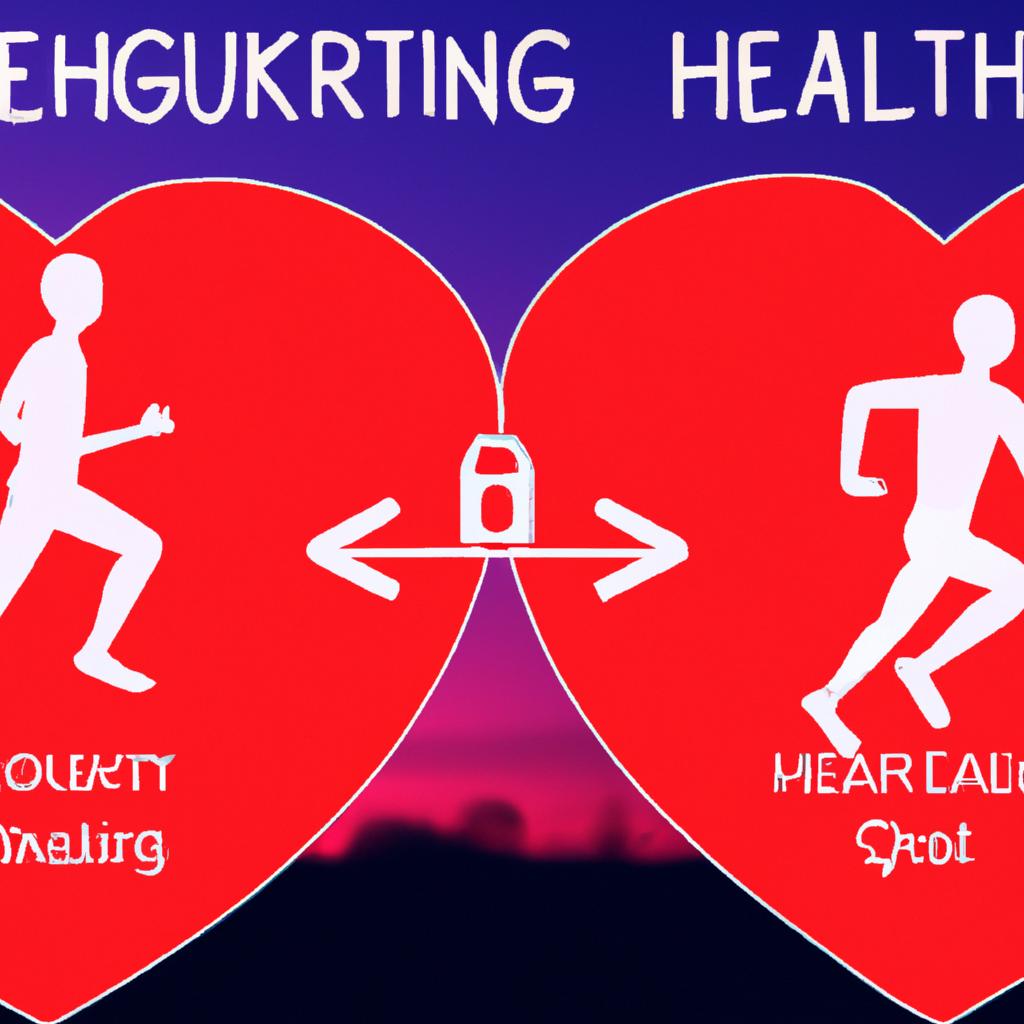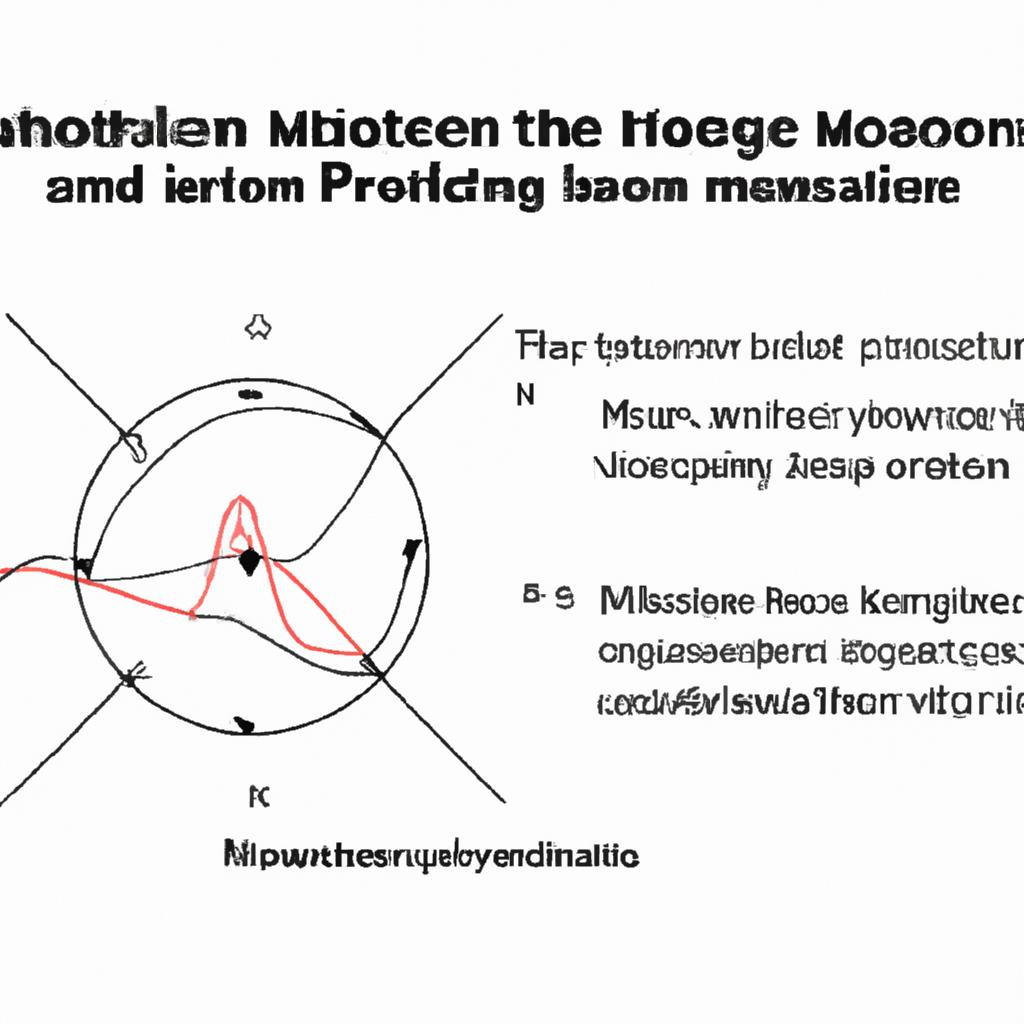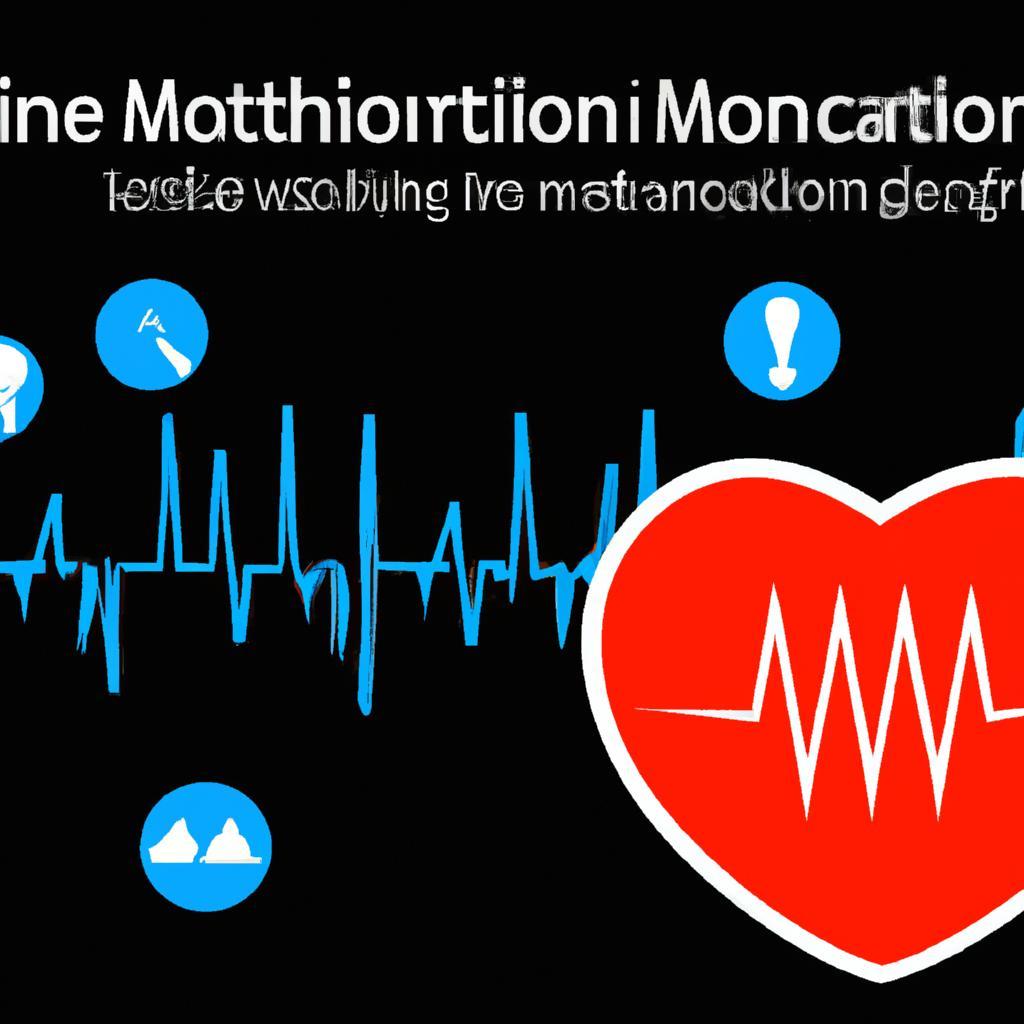Heartbeats in Motion: The Benefits of Running and Effective Heart Rate Monitoring
In a world that often feels static, where our routines can blend into a blur of sameness, there exists a rhythmic pulse that calls us to break free—the heartbeat. For many, that pulse is not just a measure of life, but a guide to movement, an invitation to embrace the liberating act of running. As we lace up our sneakers and venture into the open air, we harness the power of our own heartbeats, setting them in motion with each stride we take. But what if we could enhance this experience, ensuring that every run is as effective and purposeful as possible? Enter heart rate monitoring, a tool that transforms our understanding of fitness and well-being. By delving into the symbiotic relationship between running and heart rate awareness, we can uncover a wealth of benefits that extend beyond the physical. From optimizing performance and enhancing recovery to fostering a deeper connection with our bodies, the journey through this article will illuminate how heartbeats—in motion—can lead to a healthier, more vibrant life. Join us as we explore the intricate interplay between movement and monitoring, and discover how to run smarter, not just harder.

Heart Health Through Running: Unlocking Endurance and Cardiovascular Fitness
Running isn’t just a way to burn calories; it’s a dynamic pathway to enhancing your heart health and boosting your endurance. Engaging in regular running sessions can lead to significant improvements in cardiovascular fitness, as your heart becomes more efficient at pumping oxygen-rich blood throughout your body. This increased efficiency not only helps reduce the risk of heart disease but also enhances your overall stamina. Consider the following benefits of incorporating running into your routine:
- Improved Circulation: Running strengthens the heart muscle, allowing it to pump blood more effectively.
- Lower Blood Pressure: Regular running can help maintain a healthy blood pressure level.
- Cholesterol Management: Engaging in aerobic exercise like running can help lower LDL (bad cholesterol) while raising HDL (good cholesterol).
- Stress Reduction: The endorphins released during running can alleviate stress and contribute to better heart health.
Moreover, monitoring your heart rate while running allows you to tailor your workouts to maximize cardiovascular benefits. Consider the following heart rate zones:
| Heart Rate Zone | Intensity | Benefits |
|---|---|---|
| Resting Zone | 50-60% | Recovery and fat burning |
| Fat Burning Zone | 60-70% | Effective fat loss and increased endurance |
| Aerobic Zone | 70-80% | Improved cardiovascular fitness |
| Anaerobic Zone | 80-90% | Increased speed and power |
By understanding and monitoring these zones, runners can optimize their training sessions for maximum heart health benefits.

Precision in Motion: The Role of Effective Heart Rate Monitoring for Optimal Performance
Effective heart rate monitoring plays a pivotal role in enhancing athletic performance, particularly for passionate runners seeking to transcend their limits. By tracking heart rates in real time, athletes gain invaluable insights into their cardiovascular fitness, allowing them to tailor their training regimens accordingly. This meticulous focus on heart rhythms enables them to:
- Optimize Training Zones: Understanding different heart rate zones helps in fine-tuning workouts for endurance, strength, or recovery.
- Avoid Overtraining: Monitoring heart rates can prevent fatigue and reduce the risk of injury by indicating when to ease off.
- Track Progress: Consistently recording heart rates provides data to analyze improvements in fitness levels over time.
To further illustrate the benefits of heart rate monitoring, consider the following comparison of training outcomes:
| Training Method | Average Heart Rate (bpm) | Expected Performance Improvement |
|---|---|---|
| Interval Training | 160-180 | 20% Increase |
| Long Steady Runs | 140-160 | 10% Increase |
| Recovery Runs | 120-140 | 5% Increase |
This dynamic approach to training ensures that each heartbeat contributes meaningfully to a runner’s overall performance, making effective heart rate monitoring an indispensable ally in the quest for optimal athletic achievement.
In Conclusion
As we lace up our running shoes and step into the rhythmic dance of our heartbeats, it becomes clear that each pound on the pavement is not just a physical endeavor but also a journey of self-discovery and wellness. Heart rate monitoring, once considered a gadget for the elite athlete, has transformed into an essential companion for anyone seeking to understand their body’s intricate symphony. With the knowledge of our heart’s tempo, we can tailor our efforts, enhance our performance, and most importantly, nurture our cardiovascular health.
In a world that often moves too fast, running allows us to find our own pace, and heart rate monitoring offers a window into our true potential. So whether you’re a seasoned marathoner or a casual jogger, remember that each heartbeat echoes your unique story. Embrace the motion, respect the rhythm, and let every run bring you closer to the well-being you seek. The journey of fitness is not just about the finish line; it’s about celebrating every heartbeat along the way. Happy running!








Leave a Reply